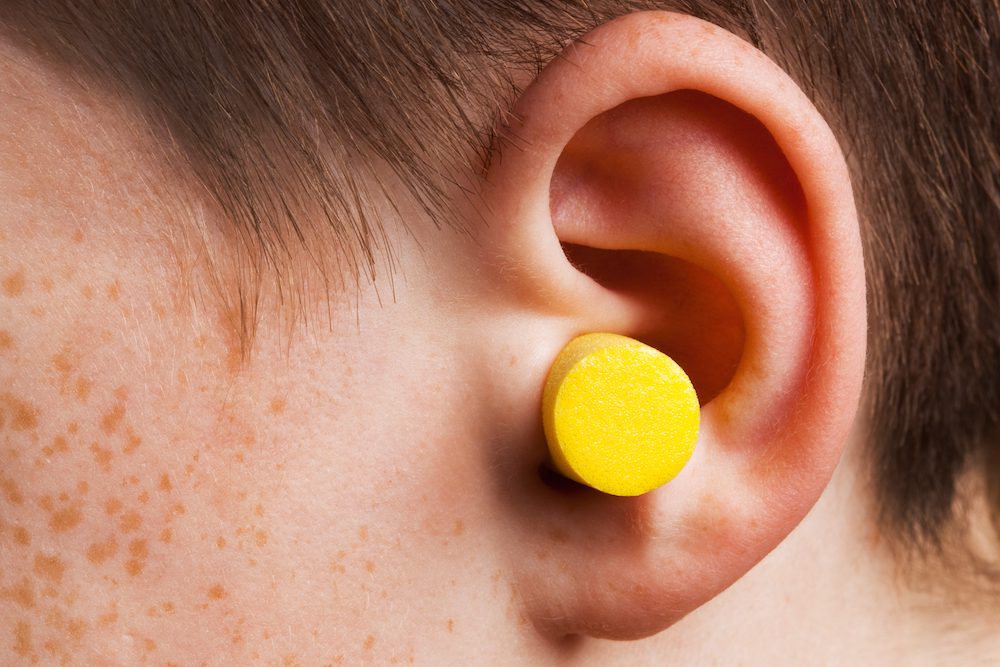What Is the Best Way to Clean Hearing Aids?
Hearing aids play a vital role in helping people stay connected to

Hearing protection is an integral part of many companies’ standard policies on personal protective equipment (PPE); in some cases, it is even mandated by local and national regulatory & legal compliance requirements.
Now, choosing the correct and most appropriate hearing protection devices for your particular situation is essential as using incorrect equipment is akin to not using any, especially over extended periods. There are many options to choose from, each with unique properties, noise reduction ratings and abilities.
Made from a highly formable material, these plugs are designed to expand and conform to the shape of your ear canal. Each person’s ear canal is unique as their fingerprints, so these are not necessarily the best option for those who endure daily and prolonged exposure to loud sounds. They work by being rolled into a tiny cylinder that fits into your ear canal; once in place, they expand and mold themselves to the counters and shapes of your ear canal.
Not all earplugs are created equal, and like most consumer-based products made for the masses, these plugs are not going to fit 100% of the population, but for those they do fit, the users can enjoy high levels of protection.
They’re made from silicone, plastic or rubber and they’re usually manufactured as a one-size-fits-most product. They’re available in several sizes, but an essential consideration is that one user may need two different sizes for each ear. That means it’s always a good idea to visit a hearing health professional before purchasing.
The plugs should fit comfortably and create a solid enough seal so that most outside noise is eliminated, and the user may have to try a few options before finding their perfect fit. Each plug has manufacturer guidelines that might differ from each variant, so users need to be sure of what they’re doing before using them. One inserts this type of plug by reaching over your head with one hand to pull up on the ear, then using the other hand, you insert the plug, gently rocking it in until the ear canal is sealed.
Canal caps resemble earplugs on a flexible plastic or metal band. The tips of these canal caps that make up the earplug portion of the device could be made from a formable or a pre-molded material and some have headbands that you could wear over a jacket or some type of PPE clothing.
Canal caps have one main advantage over some other devices: they offer users a high level of convenience. In quiet times or areas of low noise exposure, users can leave the band hanging around their necks, eliminating possibilities of loss or theft.
Some users have reported discomfort caused by the pressure from the bands on these devices, and not all canal caps have tips that adequately block all kinds of noise, so these will require a process of trial and error by users before finding the best fit make or model.
Earmuffs are available in many different models, and they’re designed to fit most users. They work by blocking out noise by completely covering the outer ear. Earmuffs can be low profile, with small ear cups or large, which hold extra material for use in times or locations of extreme noise. Technology has also caught up with the humble earmuff, and some have electronic abilities that allow users to communicate or block impulsive noises.
Users who wear heavy beards or thick sideburns, glasses or other eyewear could find it harder to achieve a perfect seal from earmuffs. Some users have reported feeling hot or heavy in work environments.

Hearing aids play a vital role in helping people stay connected to

You’re probably aware of the need for bi-annual dentist

Choosing the right hearing aids is an important decision that can affect